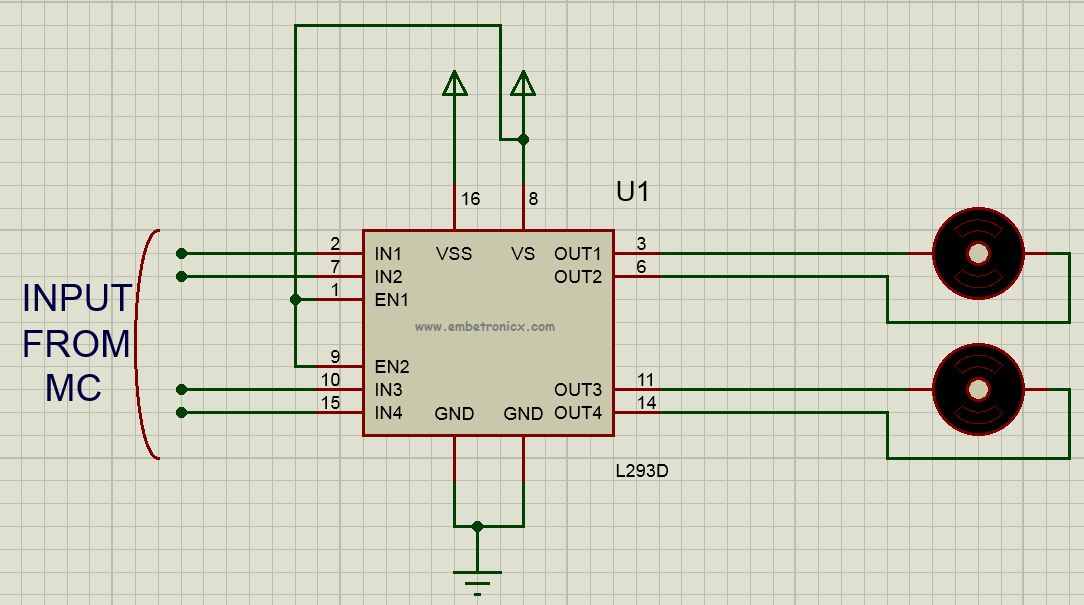

- STACK IMPLEMENTATION USING LINKED LIST HOW TO
- STACK IMPLEMENTATION USING LINKED LIST PDF
- STACK IMPLEMENTATION USING LINKED LIST UPDATE
- STACK IMPLEMENTATION USING LINKED LIST FREE
STACK IMPLEMENTATION USING LINKED LIST FREE
Enqueuing into the circular buffer works by inserting something at the next free position in the circular buffer. Queue backed by a growing circular buffer.

This also requires a new allocation per enqueue, which may be slow. Dequeuing can be implemented by removing the first element, which also takes worst-case time O(1). Enqueuing into the linked list can be implemented by appending to the back of the singly-linked list, which takes worst-case time O(1). In other words, the most common implementation has best-case O(1) push and pop, worst-case O(n) push and O(1) pop, and amortized O(1) push and O(1) pop.

Popping from the stack can be implemented by just removing the last element, which runs in worst-case O(1) (or amortized O(1) if you want to try to reclaim unused space). Pushing onto the stack can be implemented by appending a new element to the dynamic array, which takes amortized O(1) time and worst-case O(n) time. However, each new element added requires a new allocation, and allocations can be expensive compared to other operations. Because a singly-linked list supports O(1) time prepend and delete-first, the cost to push or pop into a linked-list-backed stack is also O(1) worst-case. Array: As a circular buffer backed by an array.Linked list: As a singly-linked list with a head and tail pointer.Linked list: As a singly-linked list with a head pointer.There are many ways to do this, so I will assume that you are using the following implementations:
STACK IMPLEMENTATION USING LINKED LIST HOW TO
Now, let's think about how to implement a stack and a queue using a linked list or dynamic array. Because allocations are infrequent and accesses are fast, dynamic arrays are usually faster than linked lists. Typically, the memory usage of a dynamic array is quite good - when the array is completely full, for example, there is only O(1) extra overhead - though right after the array has doubled in size there may be O(n) unused elements allocated in the array. There are techniques to try to reduce this by allocating extra space and lazily copying the elements over (see this data structure, for example). Typically, dynamic arrays are implemented by having most insertions take O(1) by appending into preallocated space, but having a small number of insertions run in Θ(n) time by doubling the array capacity and copying elements over. We can also append an element in amortized O(1), meaning that the total time for n insertions is O(n), though the actual time bounds on any insertion may be much worse. In a dynamic array, we can access any element in O(1) time. The memory overhead of the linked list is usually O(n) total extra memory due to the storage of an extra pointer in each element. However, the constant factors in these O(1) terms may be high due to the expense of dynamic allocations. The cost to delete the first element is also O(1), which is done by updating the head pointer to point to the element after the current head, then freeing the memory for the old head (if explicit memory management is performed).
STACK IMPLEMENTATION USING LINKED LIST UPDATE
In a singly-linked list with just a head pointer, the cost to prepend a value is O(1) - we simply create the new element, wire its pointer to point to the old head of the list, then update the head pointer. Before analyzing any of these structures, though, let's review some important runtime considerations for the above data structures. There are multiple different ways to implement queues and stacks with linked lists and arrays, and I'm not sure which ones you're looking for. a list-based implementation for both stacks and queues. I'm just looking for a way to determine when and where I should use an array-based implementation vs.
STACK IMPLEMENTATION USING LINKED LIST PDF
The closest thing I've been able to find is this "mother of all cs cheat sheets" pdf that is clearly a masters- or doctoral-level cheat sheet of advanced algorithms and discrete functions. Specifically, I'm looking to compare push() and pop() for both queues and stacks, implemented as both arrays and linked lists (thus 2 operations x 2 structures x 2 implementations, or 8 values).Īdditionally, I'd appreciate best, average and worst case values for both of these, and anything relating to the amount of space they consume. So far I've only been able to find average case run-times for queue pop()s, but nothing that comprehensively explores these two data structures and compares their run-times/space behaviors. I'm trying to compare the growth rates (both run-time and space) for stack and queue operations when implemented as both arrays and as linked lists.


 0 kommentar(er)
0 kommentar(er)
